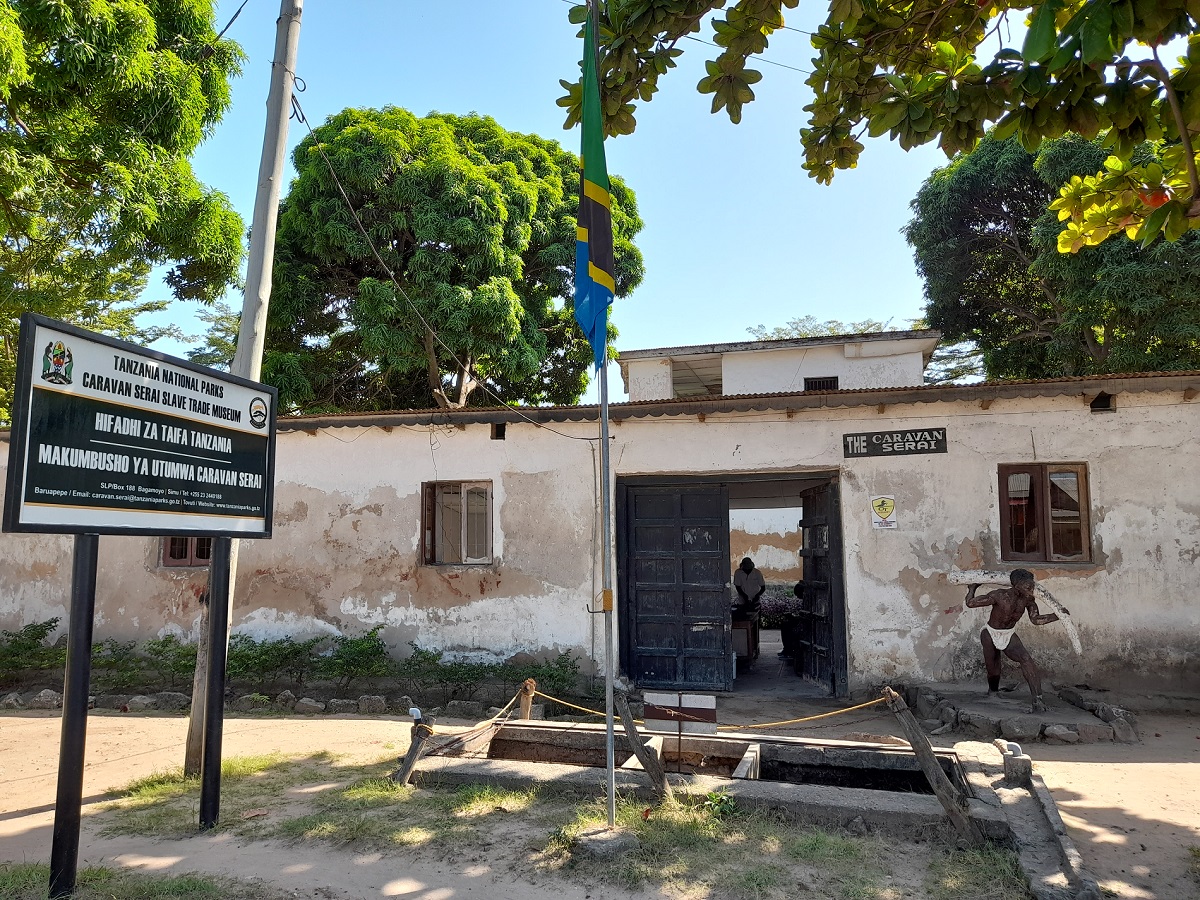Bagamoyo Town: Also known as Stone Town (Mji Mkongwe) among the locals, the Bagamoyo Town is well worth exploring. The site boasts a long history of the ancient buildings which were constructed during the German colonial era. The German boma, for example, was built in 1897, and Liku House, which served as the German administrative headquarters.
Other interesting features found in Bagamoyo Town

Situated on the southeast of Bagamoyo District, are the Kaole ruins featuring the remains of a 13th-century mosque which is believed to be one of the oldest both in Tanzania and East African region.
The mosque is said to have been built before Bagamoyo had assumed any significance and when the Sultan of Kilwa held sway over coastal trade.
The museum is found within the Bagamoyo district. It’s about 75 kilometers northwest from the commercial capital city of Dar es Salaam and bordering the Indian Ocean on the west side.
The museum features a very significant history of slave trade and other valuable commodities such as ivory during the colonial era. It was a special area where slaves would reach before transported to Zanzibar Island which was even the biggest slave market in all East Africa.